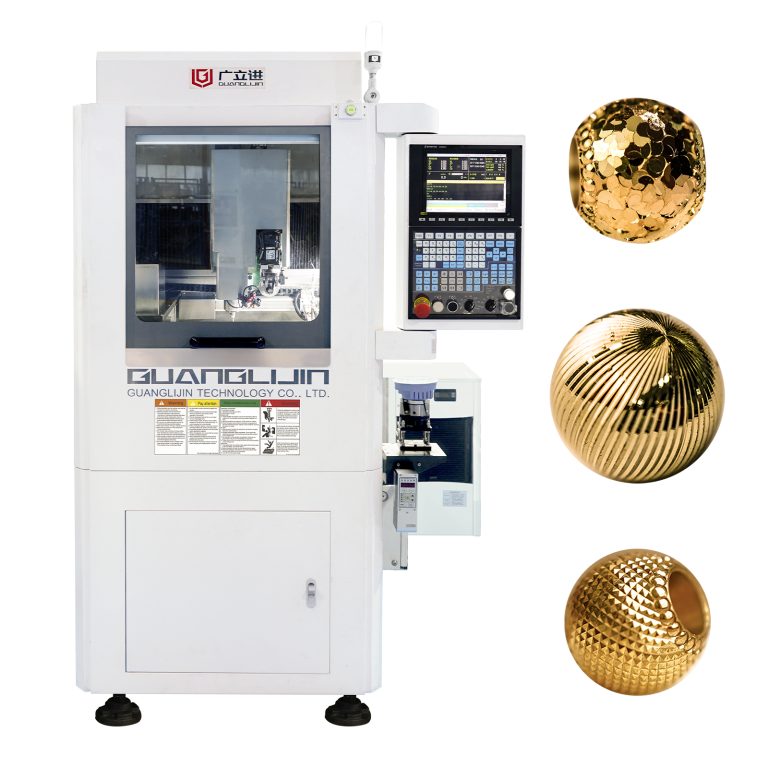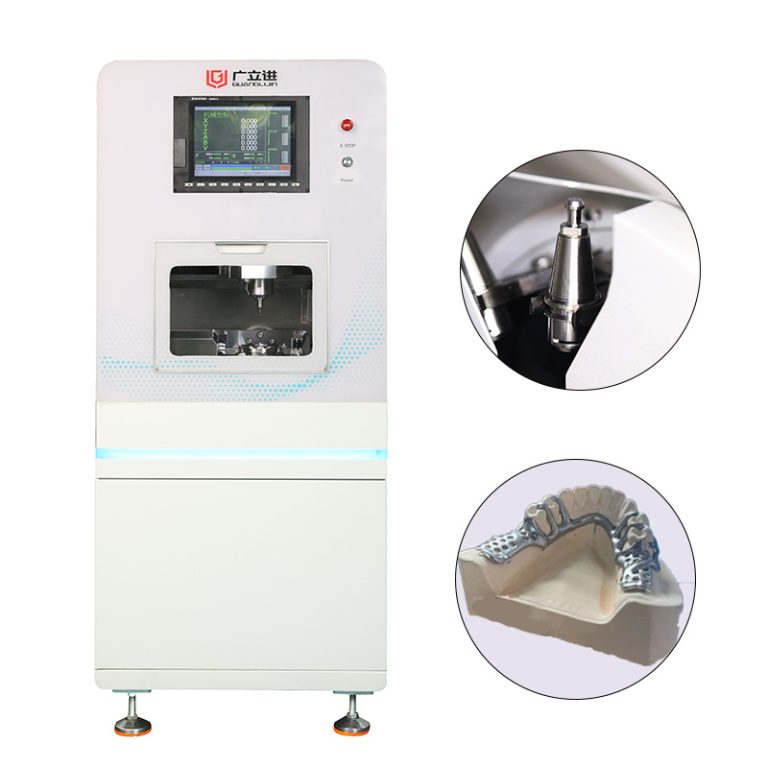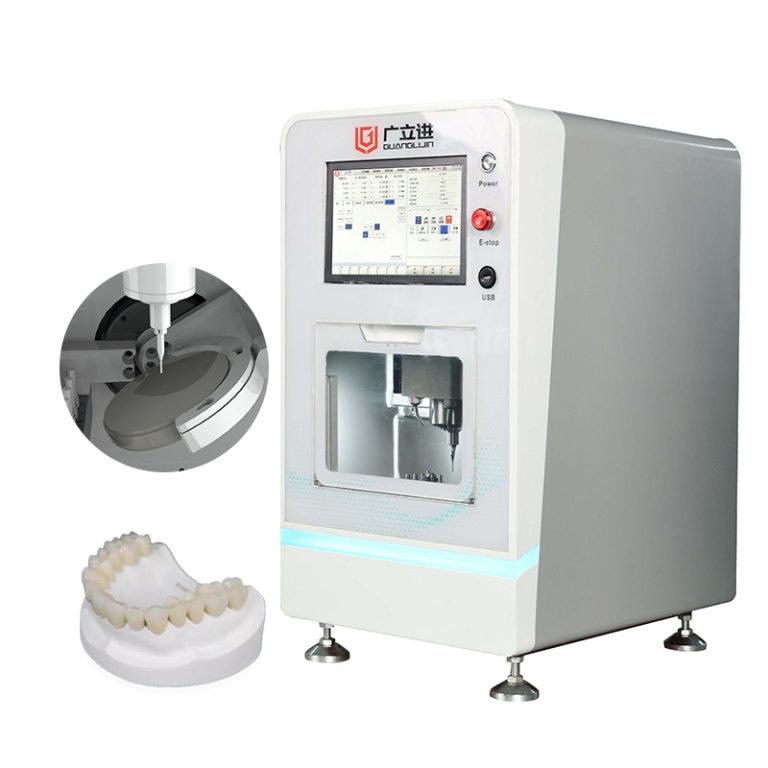The Jewelry Caster’s Handbook: From Wax to Wonder
Why Casting Remains the Heart of Jewelry Making
Ever wondered how intricate ring designs get mass-produced? Casting jewelry is the answer. This ancient technique now accounts for 68% of commercial jewelry production (2024 Jewelry Trade Journal). Modern systems can replicate wax patterns with 25μm accuracy – that’s thinner than human hair!
Our studio learned this the hard way: Switching from hand fabrication to lost wax casting reduced production time for Celtic knot rings from 8 hours to 90 minutes per piece.
Lost Wax vs Centrifugal: Casting Showdown
| Factor | Lost Wax Casting | Centrifugal Casting |
|---|---|---|
| Best For | Complex designs, high detail | Simple shapes, fast production |
| Equipment Cost | $2,500+ (vacuum system) | $800 (basic machine) |
| Material Waste | 15-20% (sprue loss) | 5-8% (efficient filling) |
⚠ Critical Warning: Never skip burnout cycles – trapped wax causes explosive steam bubbles in molten metal!
7-Step Jewelry Casting Process
- Pattern Making: Carve or 3D print wax models
- Spruing: Attach wax rods for metal channels
- Investing: Apply 5-7 coats of ceramic slurry
- Burnout: Heat to 1350°F (16 hour cycle)
- Casting: Pour molten metal at 5% over melting point
- Quenching: Submerge in water after solidifying
- Finishing: Cut sprues, sandblast, and polish
The Hidden Challenges of Small-Scale Casting
Most beginners underestimate metal shrinkage. Silver contracts 3-5% during cooling – that gorgeous wax ring might become unwearable! Here’s a trick: Our team now oversizes wax patterns by 4% for perfect final dimensions.
Surprisingly, room temperature affects results too. Below 65°F, investment molds can develop microcracks. We maintain our studio at 72°F year-round (2023 Goldsmith Association recommendation).
Advanced Techniques for Professional Results
Modern jewelry mold making goes beyond basics:
- Vacuum-assisted casting eliminates bubbles
- Hybrid 3D printed/resin patterns save hours
- Computer-controlled ovens perfect burnout
Fun fact: Some casters now use MRI scans of flowers to create ultra-realistic nature jewelry!
Jewelry Casting Quality Checklist
- □ Wax pattern completely clean (no fingerprints)
- □ Investment mixed to pancake batter consistency
- □ Burnout schedule matched to metal type
- □ Metal heated to proper superheat temperature
- □ Quenching water changed after 5 casts




